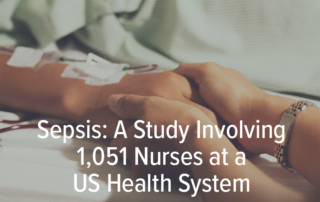Workforce Development Case Study
Health systems need innovative solutions to neutralize the growing healthcare staffing crisis, cultivate a diverse and proficient workforce, and maintain top-tier patient care. Here's how this health system improved their employee retention rate with better training.









